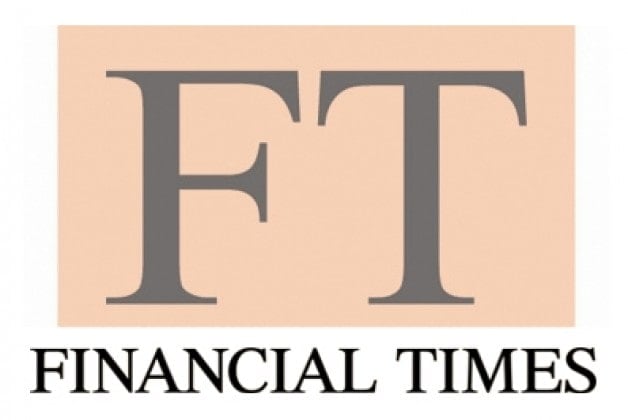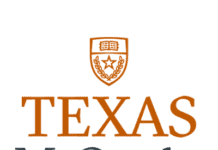The 2016 Financial Times Masters in Finance Ranking was just released and I am happy to say it continues to improve. There is a lot of room left to grow, but with that said, this is still the only major ranking of the masters in finance degree. I personally think it is most valid for use when evaluating European programs, but the US programs are gaining strength.
You can read the full article – Masters in Finance 2016 Ranking: Schools Gain from Industry Woes, but here are some interesting US focused takeaways that I found from this years ranking:
- MIT Sloan received a record 2,083 applications for its masters in finance course this year, 22 per cent more than in 2015 — that is 17 applicants for every available place.
A masters in finance is seen as more attractive to graduates because they can get a “deeper dive” into the subject and at a lower cost than with an MBA, according to Heidi Pickett, director of the master of finance programme at MIT Sloan.
-
The University of Minnesota’s Carlson School of Management is one of several US business schools that have added masters in finance courses to their roster of degree programmes in recent years.
Carlson was in part responding to what it saw as latent demand in the market. It received 150 applications for the 27 places available before it had even advertised the course.
- In the US, visa headaches are one of the main reasons many business schools have sought to ensure that their masters in finance courses are classified as science, technology, engineering and maths (Stem) qualifications.
I can personally attest to everything the Financial Times is seeing in their ranking. MIT is by far the top US masters in finance programs right now and they continue to innovate and customize their program (MIT came in 5th overall, 1st in the USA). A number of new programs have been added in response to demand (U Minnesota, Pittsburgh, Georgetown in-person option, Babson, etc.). All this shows the increased demand for this specialized degree.
I also appreciate how visa issues are mentioned. This is something that I bring up whenever I speak with someone international who is looking to go to school in the US. Many programs are allowing for increased program length as well as the STEM classification to help these international students.
US Pre-Experience 2016 Financial Times MSF Ranking
- MIT Sloan
- Brandeis
- Illinois Institute of Technology
- Washington University – St. Louis
- University of Rochester
- Tulane University
- Ohio State University
- University of Utah
US Post-Experience 2016 Financial Times MSF Ranking
- UIUC
- Florida International University
The pre-experience rankings are interesting. I think it is good that more US programs are getting in the mix. Too many great programs are missing though. But this is good publicity and shows the degree is getting increased attention, both from applicants and the greater media. Some great programs are listed above, ones that I am routinely asked about. Use this ranking as a data point in your decision, but don’t let it dominate it. Still more work to be done before this is anything I would call comprehensive and accurate.





